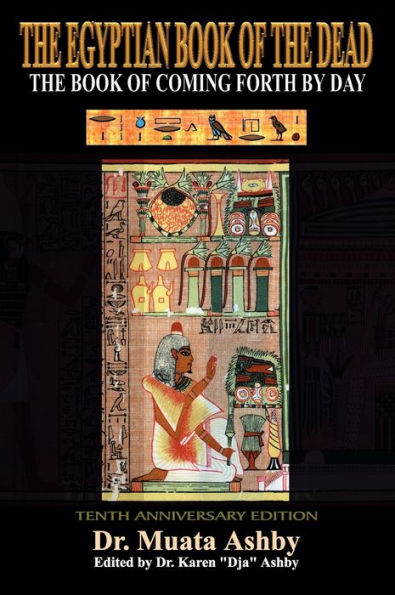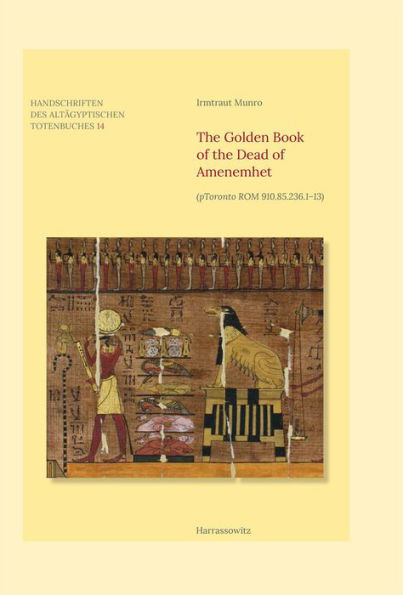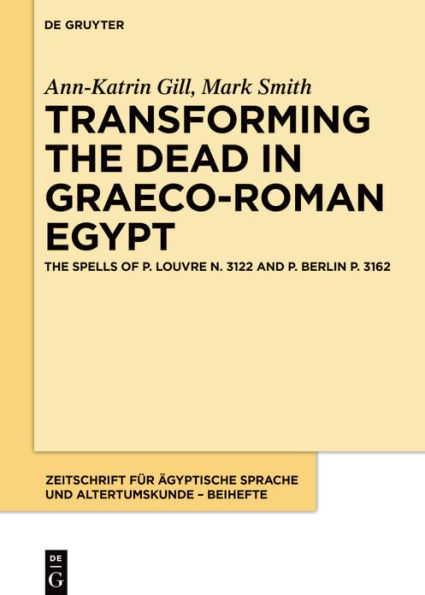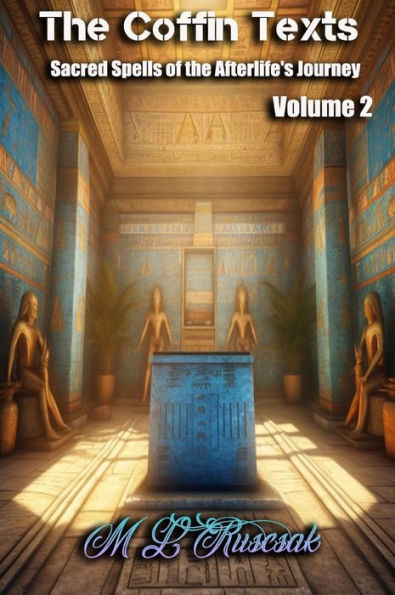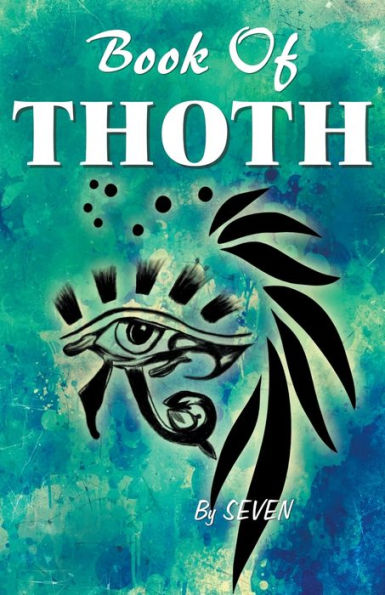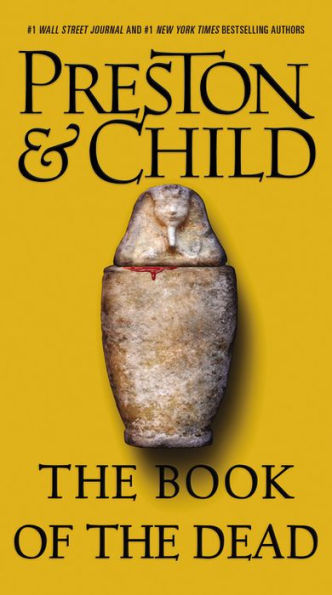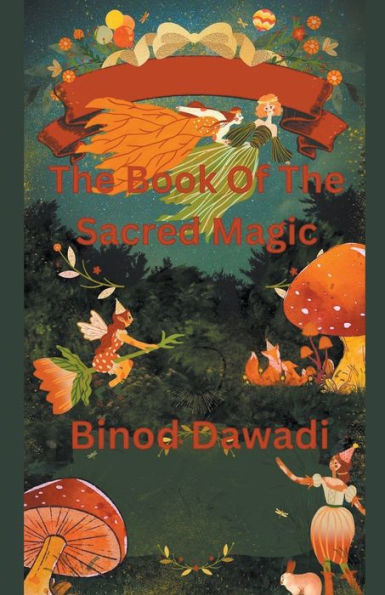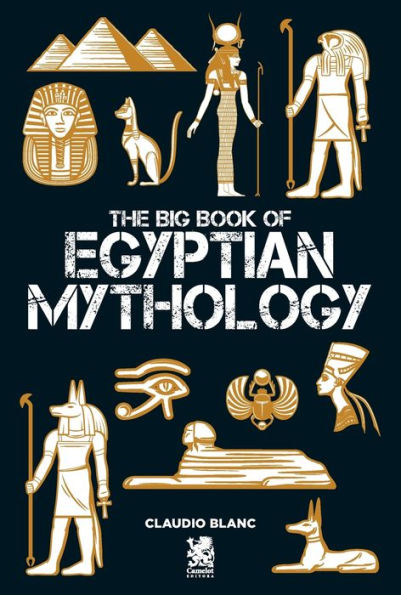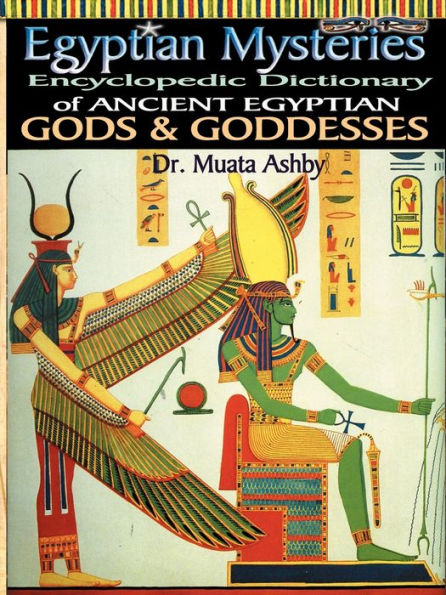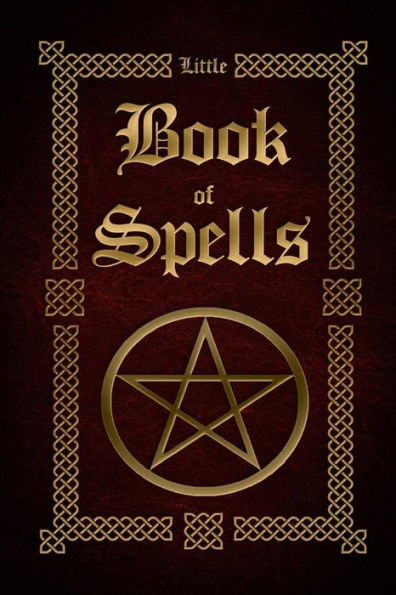Home
The Book of the Dead, Saite through Ptolemaic Periods: Volume 6 (BD Spells 93-109)
Loading Inventory...
Barnes and Noble
The Book of the Dead, Saite through Ptolemaic Periods: Volume 6 (BD Spells 93-109)
Current price: $105.25
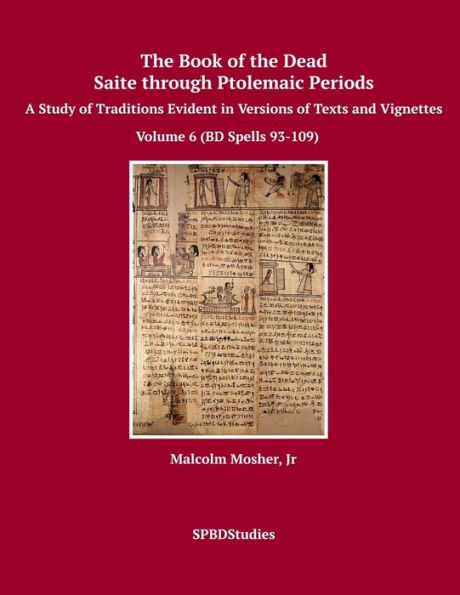

Barnes and Noble
The Book of the Dead, Saite through Ptolemaic Periods: Volume 6 (BD Spells 93-109)
Current price: $105.25
Loading Inventory...
Size: OS
*Product Information may vary - to confirm product availability, pricing, and additional information please contact Barnes and Noble
For the full description of this volume as well as the SPBDStudies Series, see SPBDStudies.com. The spells in this volume form several logical sets. The purpose of BD 93 was to prevent the deceased from being transported to the East, where dire things could happen. BD 94-97 pertain to the deceased obtaining magical powers from Thoth, principal deity associated with the magical spells of the Book of the Dead. BD 98 aids the deceased in summoning the ferryboat to take him to the land of the immortals in the West, and BD 99 serves the same purpose, but the interesting aspect of this spell is the gnostic nature of it, where knowing all the magical names for the different parts of the ship gives one power over those parts to summon the ship. BD 100-102 are associated with the sun-boat and embarking on it. BD 103-104 pertain to being in the company of several specific deities: Hathor in BD 103, the great gods in BD 104. The purpose of BD 105 is to please one's ka-soul and be like they-who-are-in-the-horizon. A notion that unites BD 104-106 is that they also provide nourishment for the deceased, with BD 105 asserting that the deceased himself shall not become food for others. BD 107-109 are the first of a class of spells for knowing various souls in the afterworld, and thereby being accepted by them. This series is primarily aimed at the Egyptological community, but the translations and illustrations may be of interest to the general reader with curiosity about the spells, what they represent, and what was of value to the ancient Egyptians. The methods and conventions used for all volumes of the series are outlined in Volume 1, so this volume is essential for understanding the methods and conventions used in Volume 6.
